

Parenthood is a beautiful journey filled with countless joys and challenges. One of the most delightful experiences is holding your precious bundle of joy close to your heart. Babywearing, the practice of carrying your baby in a sling or carrier, has gained immense popularity over the years. Beyond being a fashionable trend, babywearing offers a plethora of benefits that promote bonding, convenience, and overall well-being for both parent and child. In this blog post, we will explore the remarkable advantages of babywearing and why it has become an essential tool for modern parents.
Babywearing serves as a catalyst for strengthening the bond between parent and child. The close physical contact allows the baby to feel the warmth of their parent’s body, hear their heartbeat, and recognize their scent. This sensory connection promotes a deep emotional bond and a sense of security, which can enhance the parent-child relationship.
Additionally, babywearing facilitates increased eye contact and facial expressions, promoting early communication and emotional development. Babies worn in slings or carriers are more likely to feel safe and content, leading to reduced crying and fussiness. This positive interaction lays a foundation for trust and mutual attachment, creating a harmonious atmosphere for both parent and baby.
One of the immediate advantages of babywearing is the freedom it provides to parents. With their little one securely attached, caregivers have both hands free to perform daily tasks or engage in other activities. Whether it’s grocery shopping, taking a walk, or completing household chores, babywearing allows parents to maintain their productivity while keeping their baby close and comforted.
Baby carriers are designed to distribute the baby’s weight evenly, reducing strain on the parent’s back and shoulders. This ergonomic support ensures optimal comfort and posture, allowing for extended periods of babywearing without discomfort. Moreover, navigating crowded spaces or using public transport becomes significantly easier when using a carrier, eliminating the need for a bulky pram and offering increased manoeuvrability.
The close proximity to the caregiver provided by babywearing offers numerous cognitive benefits for the child. Being held at an adult’s eye level exposes the baby to a broader perspective of the world, encouraging engagement and social interaction. Babies worn in slings or carriers have increased exposure to stimuli and experiences, stimulating their developing senses and cognitive abilities.
The constant movement and natural body rhythms experienced during babywearing have a calming effect on infants. This tranquillity allows them to focus their attention and enhances their receptiveness to learning. As a result, babies who are regularly carried tend to have increased curiosity, improved visual tracking skills, and enhanced cognitive development.
Babywearing provides a practical solution for breastfeeding mothers. Slings and carriers allow discreet and comfortable nursing on-the-go, enabling mothers to respond promptly to their baby’s hunger cues. The closeness of the baby to the mother’s body triggers the release of oxytocin, a hormone that promotes milk production and facilitates the breastfeeding relationship.
Moreover, babywearing is an effective tool for soothing a fussy or colicky baby. The rhythmic motion and familiar sounds of the parent’s movements have a calming effect, often lulling the baby to sleep. The carrier creates a cozy and secure environment, replicating the feeling of being in the womb, which can alleviate discomfort and promote relaxation.
Babywearing offers a multitude of benefits that extend beyond convenience and fashion. From fostering a strong parent-child bond to enhancing cognitive development and providing practical solutions for breastfeeding and soothing, babywearing has become an invaluable tool for modern parents. Embracing this age-old practice enables caregivers to navigate the joys of parenthood.

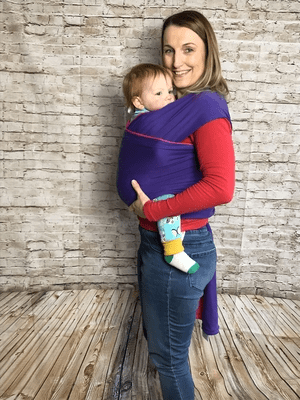
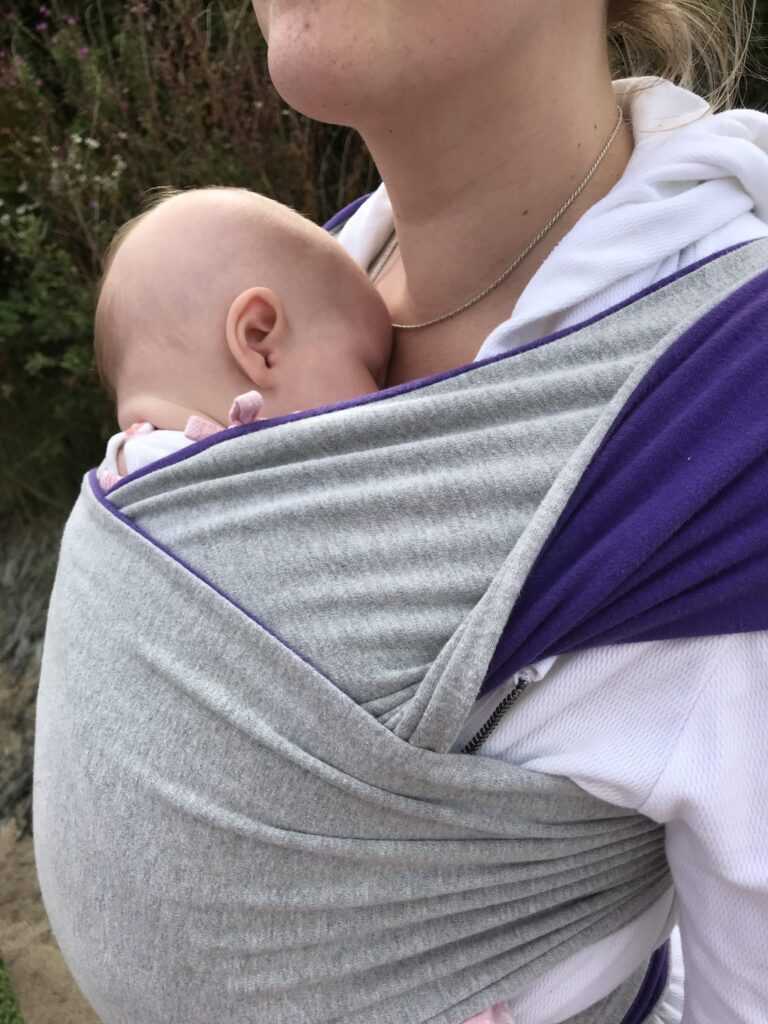
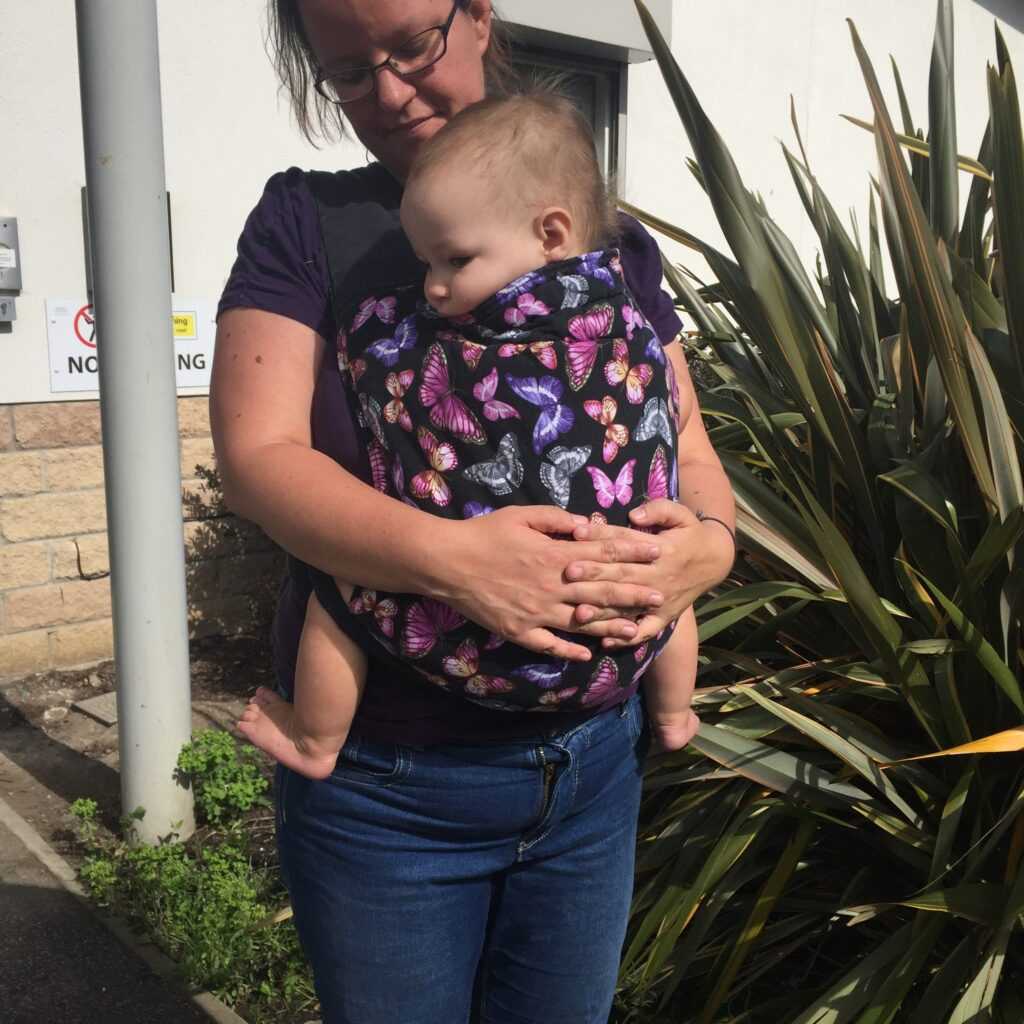
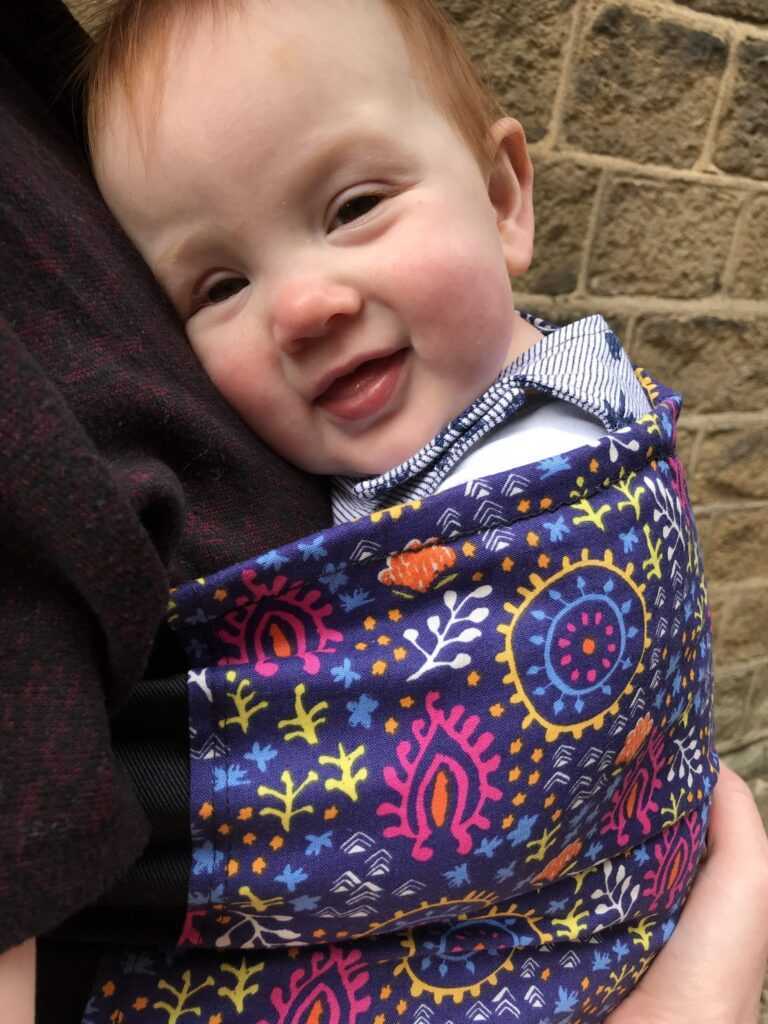
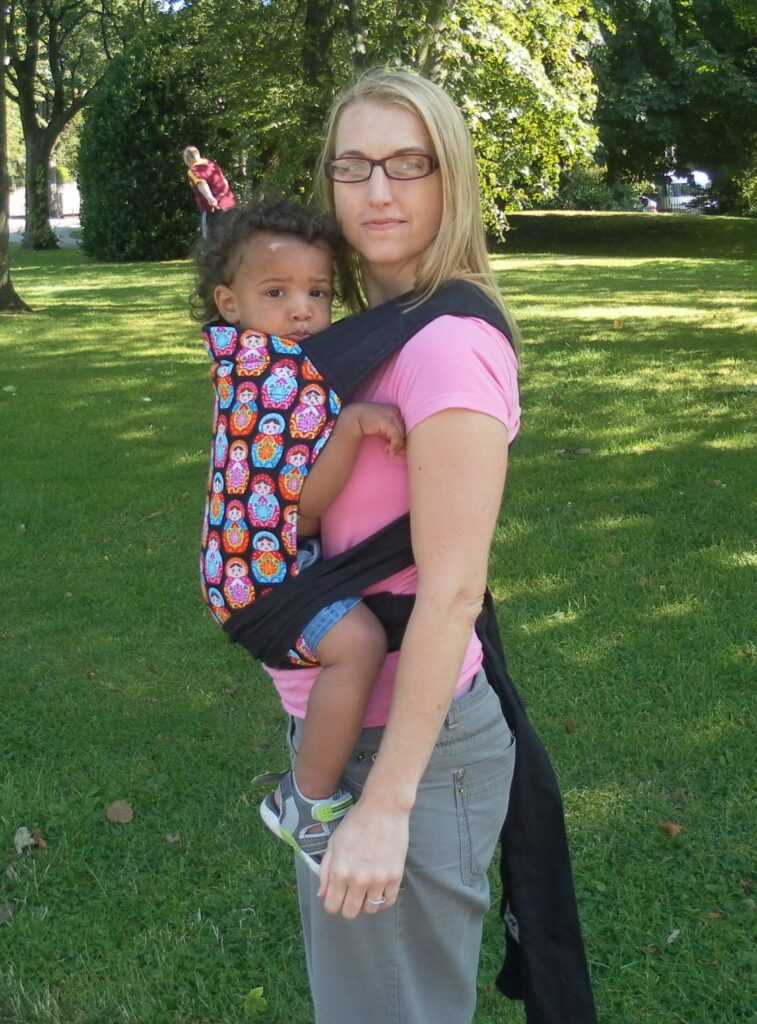

© 2021 – Tag Togs – All Rights Reserved – Site by Hullabaloo Marketing